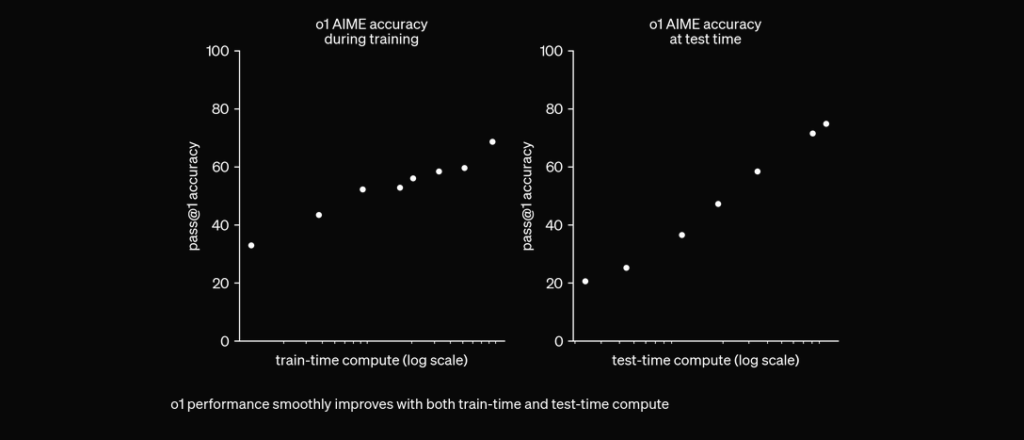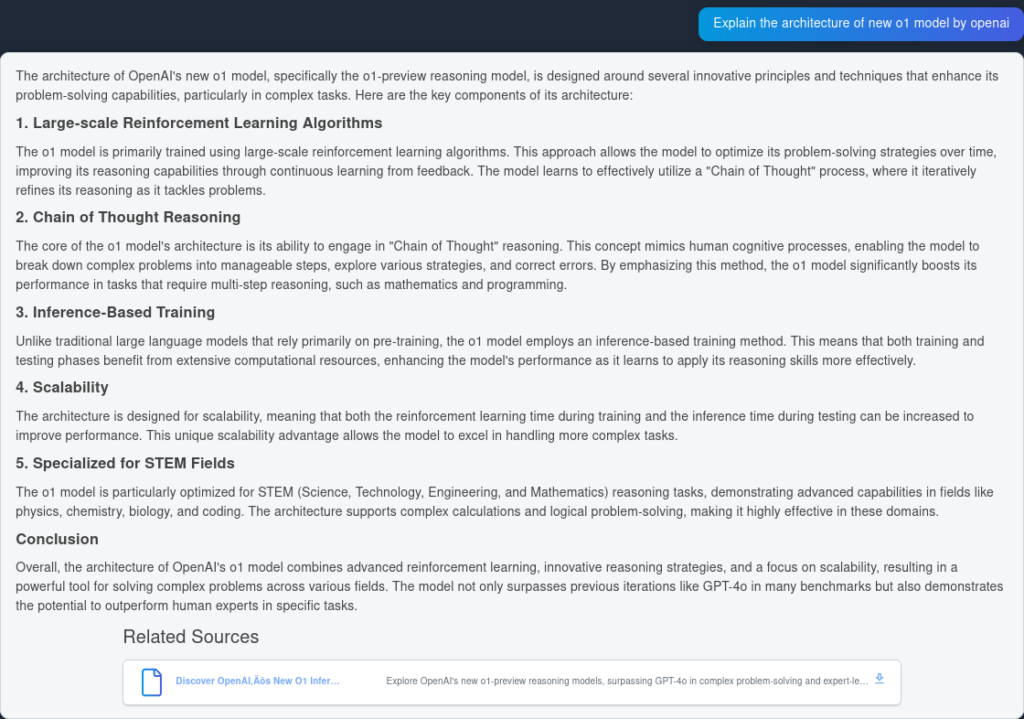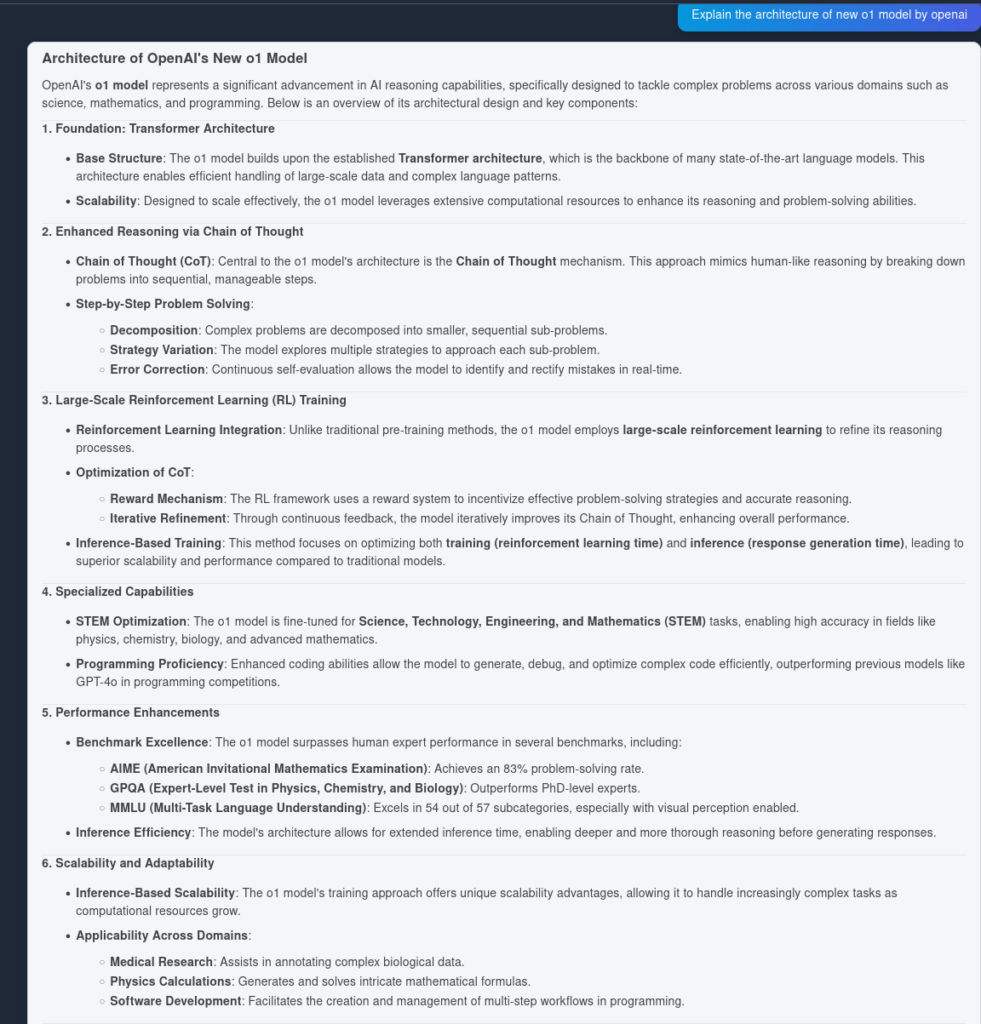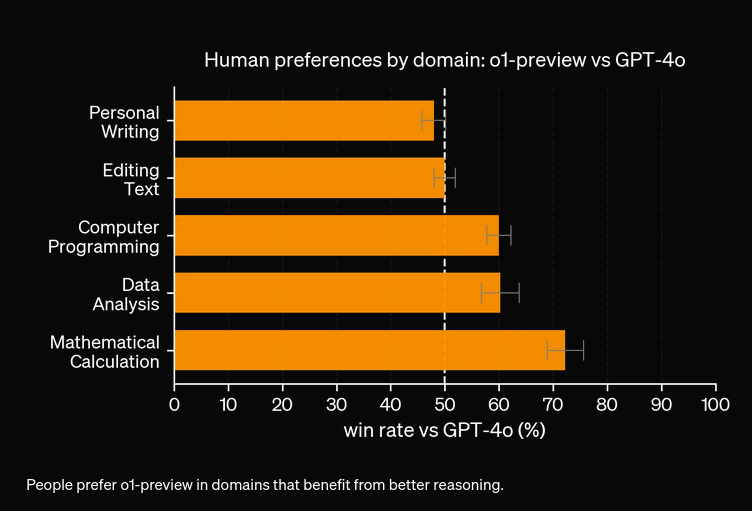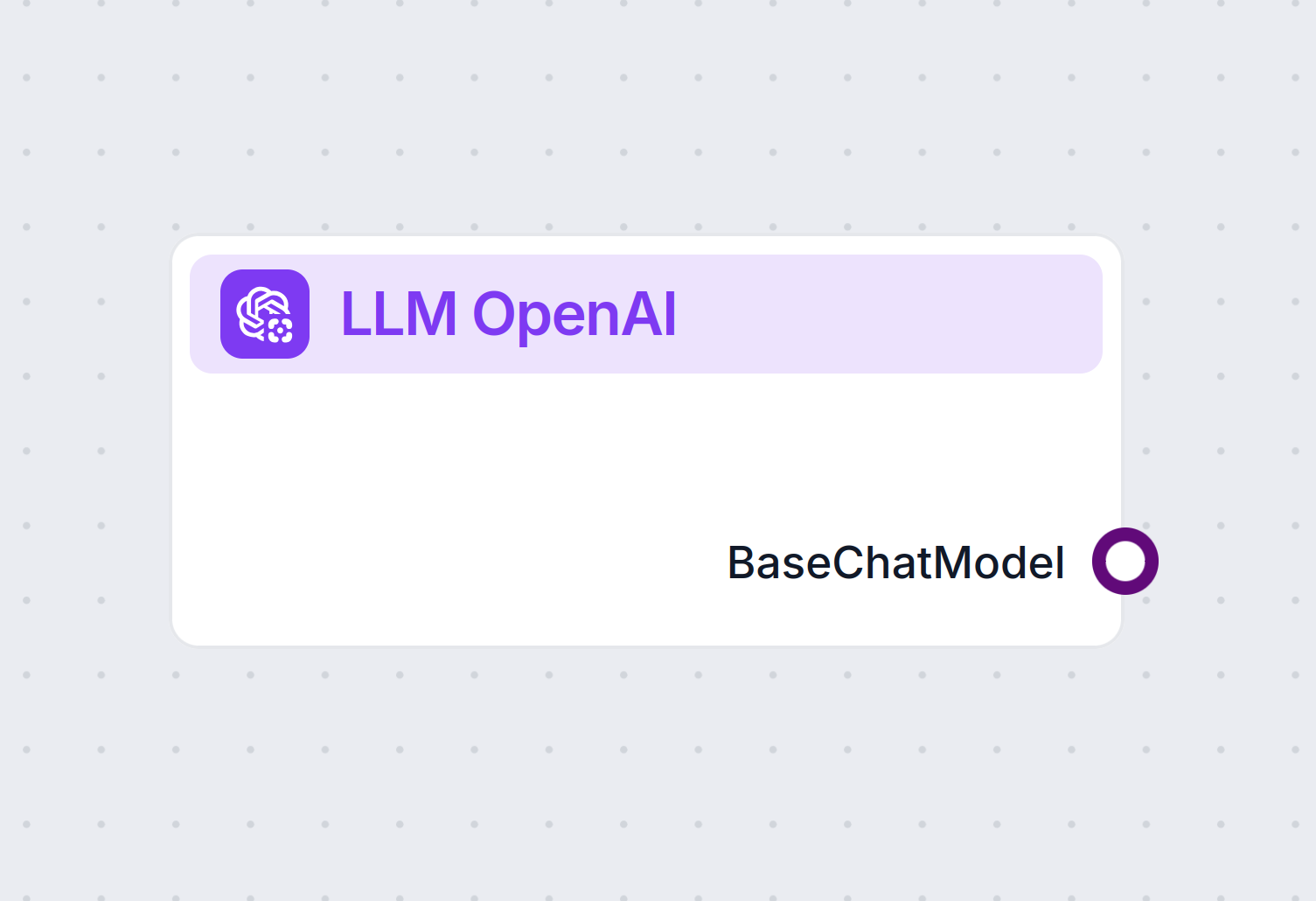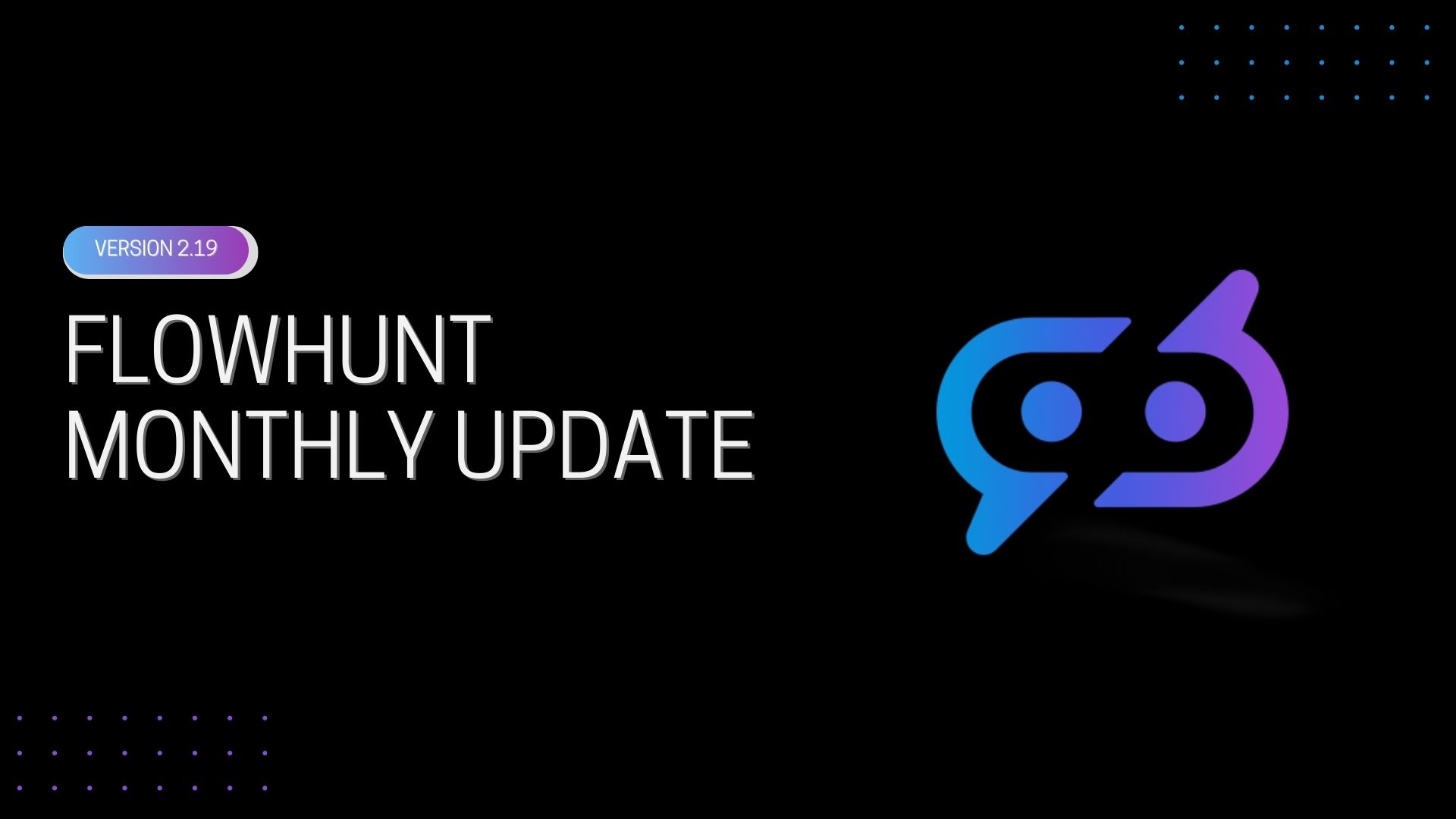
OpenAI O3 Mini vs DeepSeek for Agentic Use
Compare OpenAI O3 Mini and DeepSeek on reasoning, chess strategy tasks, and agentic tool use. See which AI excels in accuracy, affordability, and real-world wor...

OpenAI O1 leverages reinforcement learning and native chain of thought reasoning to surpass GPT4o in complex RAG tasks, though at a higher cost.
OpenAI just released a new model called OpenAI O1 from the O1 series of models. The main architectural change in these models is the ability to think before answering a user’s query. In this blog, we’ll dive deep into the key changes in OpenAI O1, the new paradigms these models use, and how this model can significantly increase RAG accuracy. We’ll compare a simple RAG flow using OpenAI GPT4o and OpenAI O1 model.
The O1 model leverages large-scale reinforcement learning algorithms during its training process. This enables the model to develop a robust “Chain of Thought,” allowing it to think more deeply and strategically about problems. By continuously optimizing its reasoning pathways through reinforcement learning, the O1 model significantly improves its ability to analyze and solve complex tasks efficiently.
Previously, chain of thought has proven to be a useful prompt engineering mechanism to make LLM “think” by itself and answer complex questions in a step-by-step plan. With O1 models, this step comes out of the box and is integrated natively into the model at inference time, making it useful for mathematical and coding problem-solving tasks.
O1 is trained with RL to “think” before responding via a private chain of thought. The longer it thinks, the better it does on reasoning tasks. This opens up a new dimension for scaling. We’re no longer bottlenecked by pretraining. We can now scale inference compute too. pic.twitter.com/niqRO9hhg1
— Noam Brown (@polynoamial) September 12, 2024
In extensive evaluations, the O1 model has demonstrated remarkable performance across various benchmarks:
To test the performance accuracy of OpenAI O1 and GPT4o, we created two identical flows, but with two different LLMs. We’ll compare the question-answering capability of the models on two sources indexed regarding the technical report of OpenAI O1.
First, we’ll make a simple RAG flow in FlowHunt. It consists of Chat Input, Document Retriever (fetches relevant documents), Prompt, Generator, and Chat Output. The LLM OpenAI component is added to specify the model (otherwise, GPT4o is used by default).
Here is the response from GPT4o:
And here is the result from OpenAI O1:
As you can see, OpenAI O1 captured more architectural advantages from the article itself—6 points as opposed to 4. In addition, O1 makes logical implications from each point, enriching the document with more insights as to why the architectural change is useful.
From our experiments, the O1 model would cost more for increased accuracy. The new model has 3 types of tokens: Prompt Token, Completion Token, and Reason Token (a newly added type of token), making it potentially more expensive. In most cases, OpenAI O1 provides answers that seem more helpful if grounded by truth. However, there are some instances where GPT4o outperforms OpenAI O1—some tasks simply don’t need reasoning.
OpenAI O1 uses large-scale reinforcement learning and integrates chain of thought reasoning at inference time, enabling deeper, more strategic problem-solving than GPT4o.
Yes, O1 achieves higher scores in benchmarks like AIME (83% vs. GPT4o's 13%), GPQA (surpassing PhD-level experts), and MMLU, excelling in 54 of 57 categories.
Not always. While O1 excels in reasoning-heavy tasks, GPT4o can outperform it in simpler use cases that don't require advanced reasoning.
O1 introduces a new 'Reason' token in addition to Prompt and Completion tokens, enabling more sophisticated reasoning but potentially increasing operational cost.
You can use platforms like FlowHunt to build RAG flows and AI agents with OpenAI O1 for tasks requiring advanced reasoning and accurate document retrieval.
Yasha is a talented software developer specializing in Python, Java, and machine learning. Yasha writes technical articles on AI, prompt engineering, and chatbot development.
Try FlowHunt to leverage the latest LLMs like OpenAI O1 and GPT4o for superior reasoning and retrieval-augmented generation.
Compare OpenAI O3 Mini and DeepSeek on reasoning, chess strategy tasks, and agentic tool use. See which AI excels in accuracy, affordability, and real-world wor...
FlowHunt supports dozens of text generation models, including models by OpenAI. Here's how to use ChatGPT in your AI tools and chatbots.
FlowHunt v2.19.14 brings OpenAI’s GPT-4.1 models, 9 new image generation models from Stable Diffusion, Google, and Ideogram, plus HubSpot integration for stream...
Cookie Consent
We use cookies to enhance your browsing experience and analyze our traffic. See our privacy policy.
